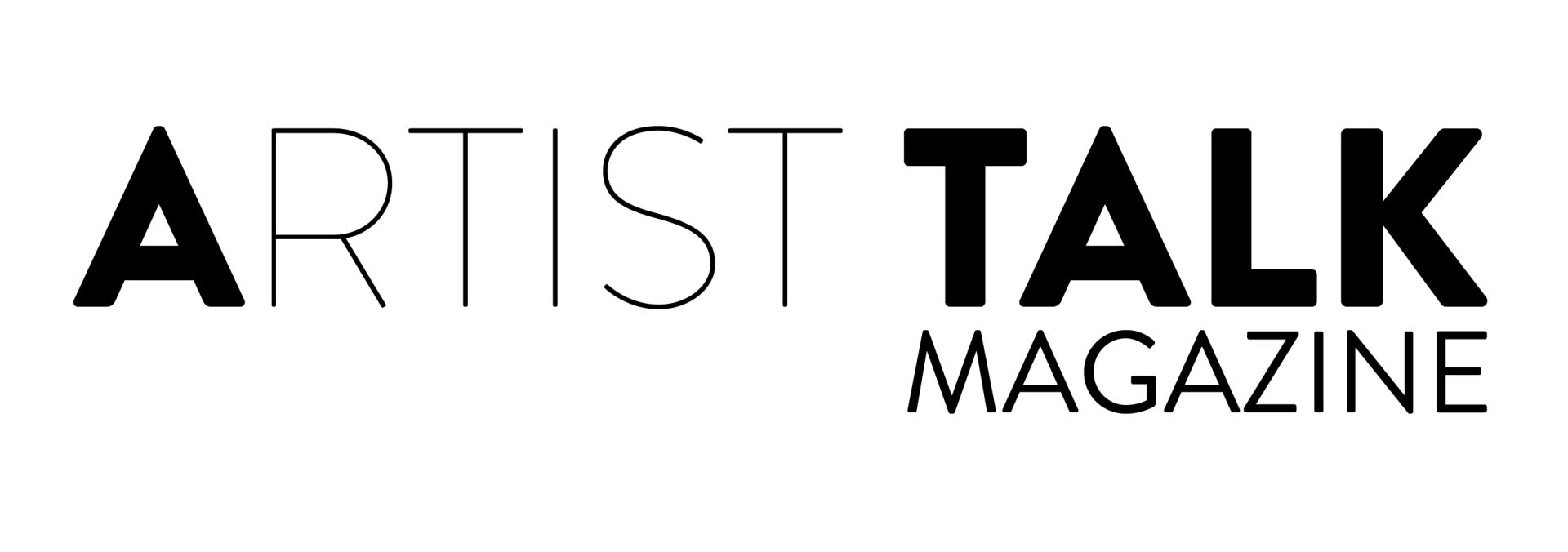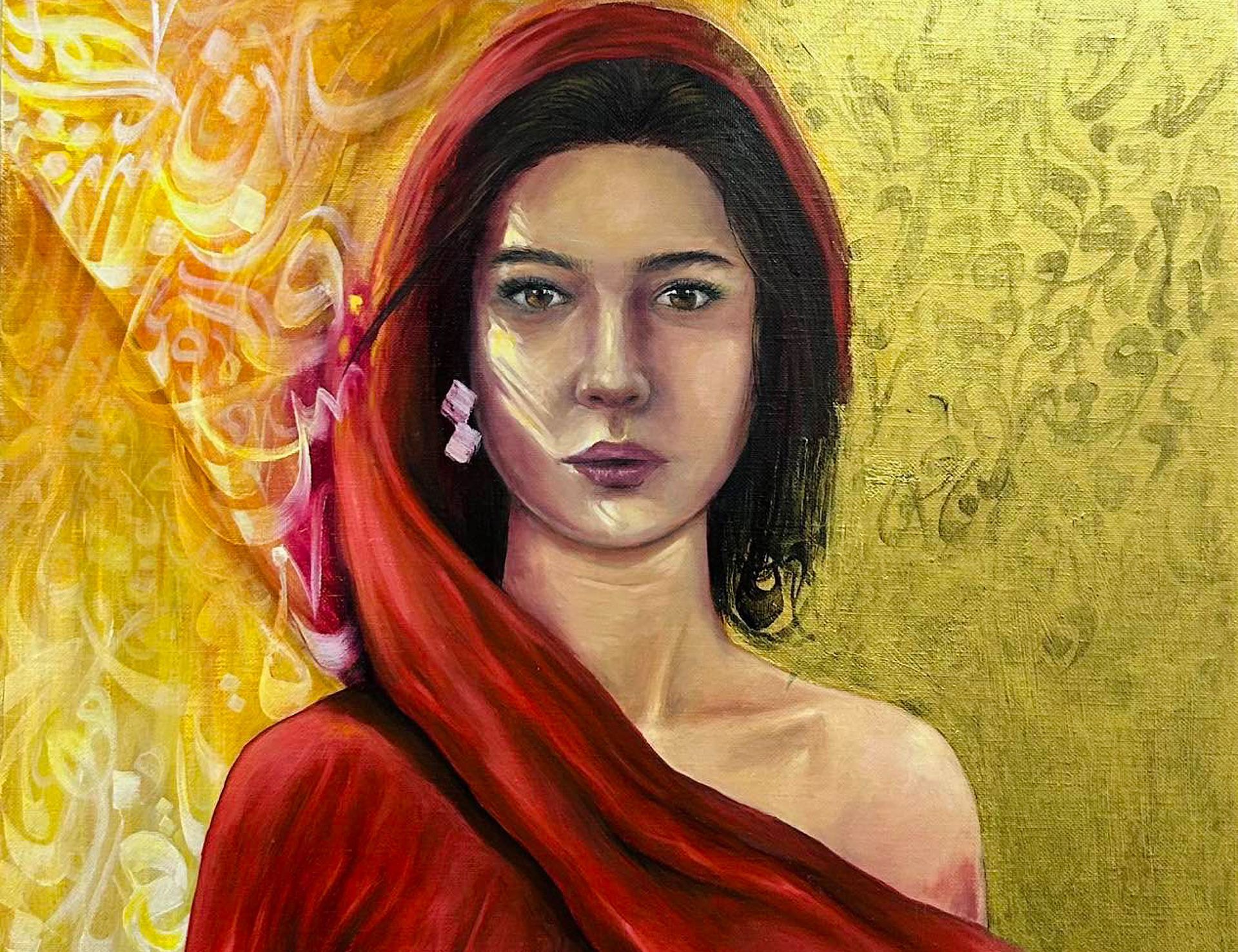BLOG
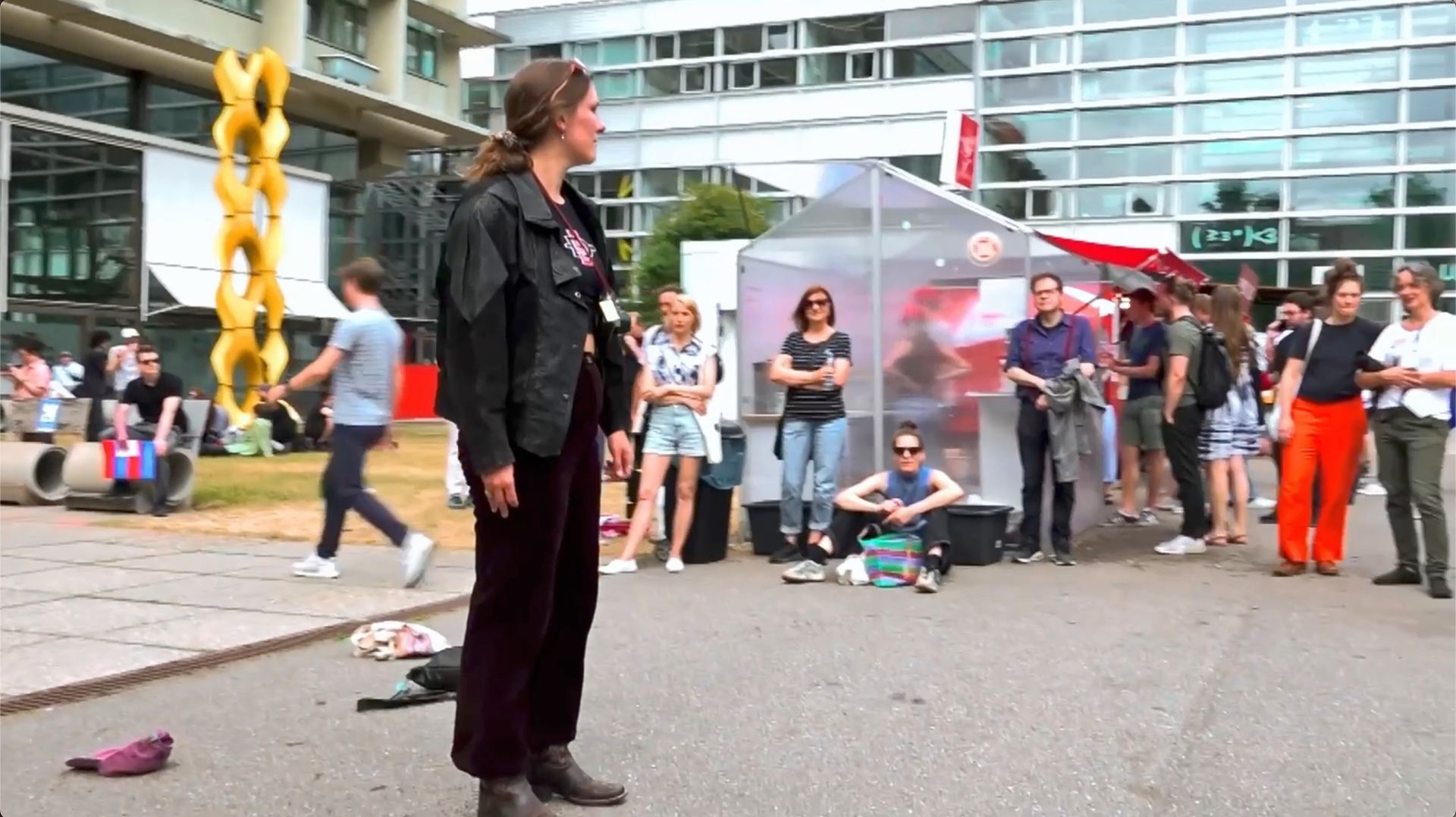
by Sofia Mobilia
•
19 December 2025
IT’S TIME Performance by Sofia Mobilia Sat, July 12, 2025 | 4 PM (STR) / 7 AM (CA) In the courtyard of the Academy of Fine Arts in Stuttgart, I’m in the middle of a conversation with friends and fellow students when, at 3:55 pm, my phone alarm rings - the starting shot of my performance. I’m dressed simply in black shorts and a black top. With me, I carry a bag of clothes and a portable speaker. Through a VPN connection to California, I tune in to the San Diego radio station I listened to throughout my two exchange semesters there. While the radio fills the courtyard, I unpack pieces from my California bag – clothes I wore in San Diego – and put them on, one after another: my San Diego State University shirt, my vintage corduroy pants, the cowboy boots I danced in at line-dance nights, my 80s leather jacket, and finally the sailing cap from my host mum’s regatta, paired with the sunglasses I picked up on a road trip through Arizona and Utah. This was the exact outfit I last wore on the streets of California in late May – complete, of course, with my beloved analog film camera. But what is really happening here? The title of the performance leaves room for multiple interpretations. It is time to get up – quite literally. With the nine-hour time difference, it’s morning on the other side of the world: the moment to wake up, get dressed, and start the day. But also, in a metaphorical sense: life goes on. Returning home after building new structures, routines, and personal growth abroad is never seamless. And yet, the transformation persists day by day – within oneself, through memory, souvenirs, and the skills and knowledge acquired. Old and new merge into something else. A running-on process. The desire to go back – to book the next flight – or simply to close one’s eyes and listen, to feel the warmth of textures, to drift. Thoughts jump between realities. Emotions shift over time. Does homesickness drift away? Letting go and holding on, in constant alternation. Saying goodbye while arriving anew. Often, we slip back into our memories without anyone noticing. Here, the audience notices. But only those who know my story truly understand what is happening. For others, it might feel confusing, even uncomfortable, to witness personal thoughts and feelings made visible in public space. When is something performed, acted? Almost always. We hide behind smileys in text messages, even in face-to-face conversations, pretending to feel what is expected of us. Except in that one moment – when I let myself fall, Fall into the Sun . It’s the title of my favorite song. A song I switched to after finishing dressing. A song I played endlessly during my stay, one I even heard live in California. This performance was also a process to move through my inner feelings, accepting them, and showing them as they are – regardless of what friends, family, professors, colleagues, or strangers of all ages might think. And what happens after someone interrupts by switching off the speaker? That’s when I open my eyes and, for the first time since the beginning of the performance, meet the gaze of my audience. In a society where time is such a dominant force, this performance deliberately takes its time. It slows down, becoming a space for processing and transformation – both emotionally and temporally. The form mirrors the content. And for a final twist, the documentation is set to play again in California. Website: www.sofiamobilia.com Instagram: sofiamobilia.art E-Mail: sofiamobilia@web.de
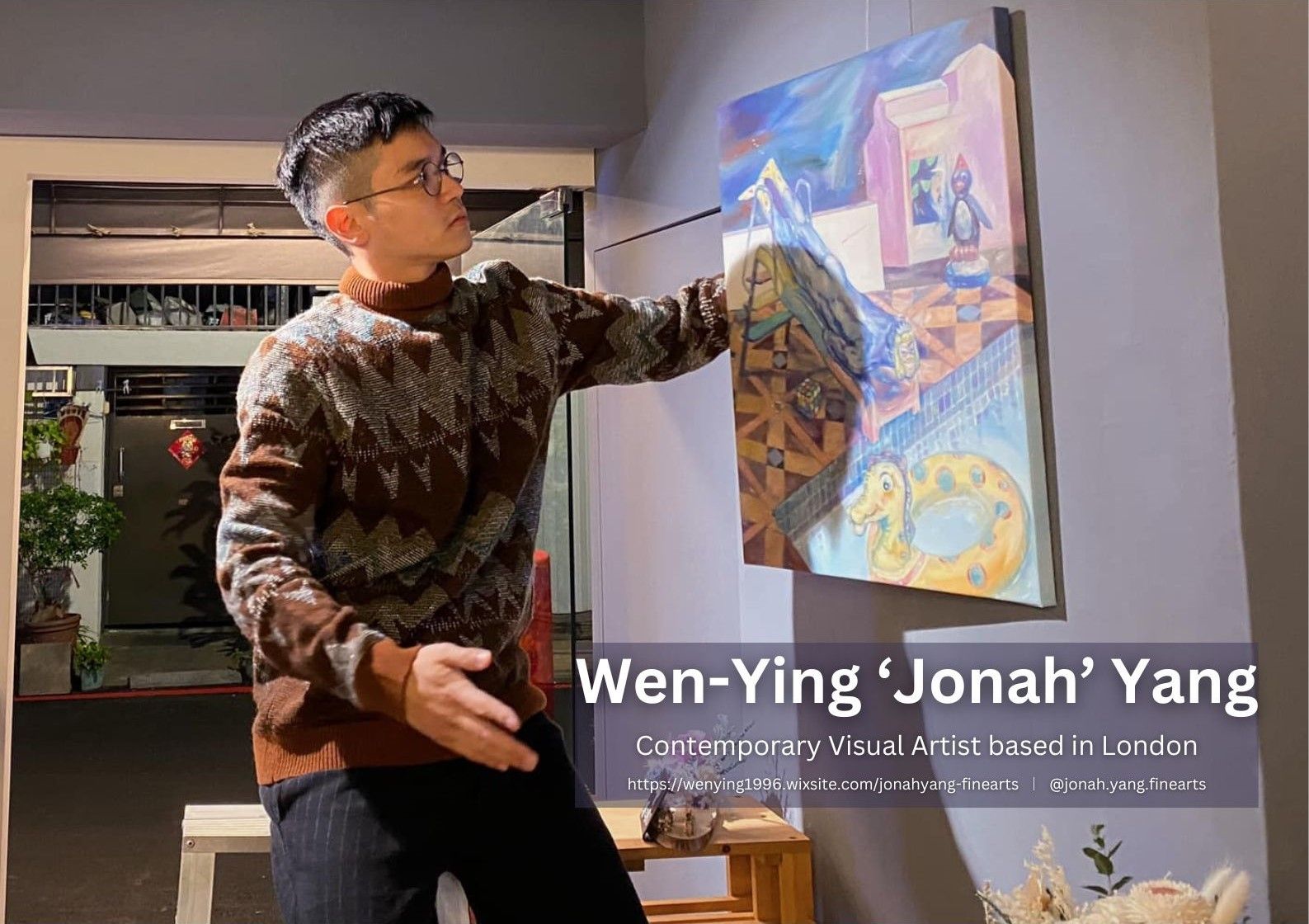
by Wen-Ying Yang (Jonah Yang)
•
21 November 2025
Artist Wen-Ying Yang (Jonah Yang), a cutting-edge Taiwanese Contemporary Artist residing in London, United Kingdom. He graduated from Kingston University London with a Master's degree in Art & Space. He has exhibited his artworks in numerous galleries and non-commercial spaces in the UK and internationally. His original large oil paintings "Starry Sky Series" caught the attention of a Chinese art direction team, leading to an invitation to reveal his paintings and create on-site in Ningbo, Zhejiang, China. As a result, His artworks have appeared and been featured on multinational art platforms in China, Singapore, Malaysia, Thailand, and Vietnam, showcasing his dedication and creative energy on a global stage.
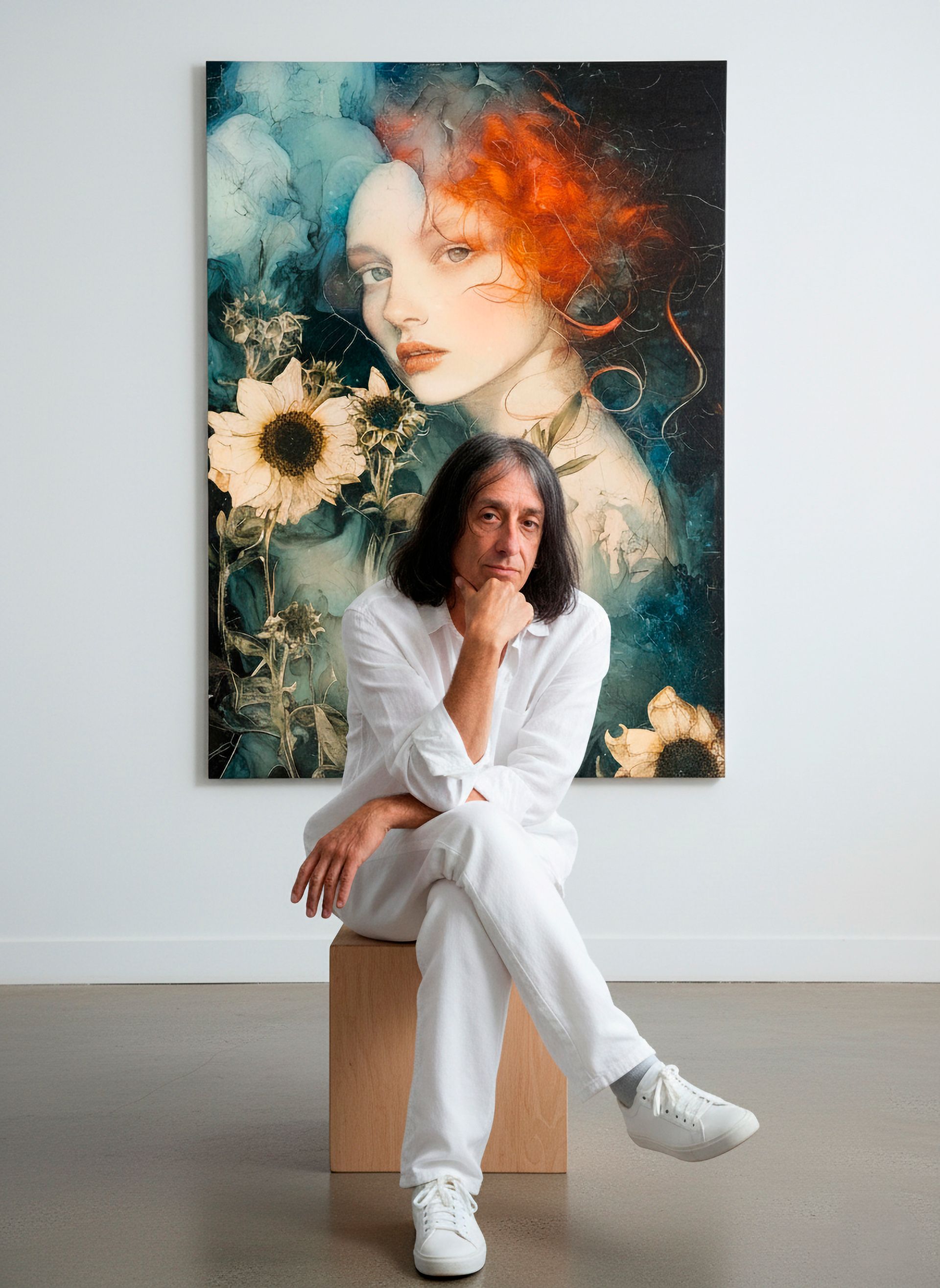
by Daniel Varela
•
2 November 2025
Daniel Varela is a talented Argentine visual artist and fine art photographer who immerses himself in a universe of creativity through visual expression. His passion for art and photography drives him to explore new perspectives and innovative approaches, with the purpose of capturing beauty in all its fullness. With a dynamic spirit and a forward-thinking vision, he has ventured into contemporary art inspired by new digital processes. Through the use of advanced technologies, he has created unique and captivating works that challenge the boundaries of creativity. His artistic production has become a source of inspiration for other creators and photography enthusiasts, establishing a valuable contribution to the world of art and culture.

by Tianyun Zhao
•
30 October 2025
London-based moving image artist and photographer Tianyun Zhao (Yano) creates works that drift between stillness and transformation, where memory becomes light and time turns tactile. Her practice navigates the intersections of image, perception, and identity, revealing how the digital age reshapes our sense of the self and the spaces we inhabit. Drawing from Eastern philosophy and the rhythms of urban life, Zhao constructs visual worlds that exist between reality and imagination — contemplative yet quietly rebellious. Through the fusion of lens-based imagery, AI-generated fragments, and fashion-inflected aesthetics, she invites viewers into atmospheres where emotion and technology merge in a delicate equilibrium. “I see my work as a dialogue between the visible and the invisible — a meditation on how we remember, and how we are remembered,” Zhao reflects. Expanding the Language of Moving Image Zhao’s practice has been presented internationally across galleries, festivals, and digital platforms. Her recent exhibitions include Field of Clarity at Photofusion Gallery (London, 2025), Broken Silence at Summerhall – In Vitro Gallery (Edinburgh, 2025), The Green Grammar Exhibition at art’otel Hoxton Gallery (London, 2025), and Fragments of the Past, Futures Unfolding at Normanou 3 (Athens, 2025). She also participated in Video Edition ArtIn as part of The Wrong Biennale (London, 2025), a globally recognised platform for digital and post-internet art. Zhao’s work has appeared in publications such as Artist Talk Magazine (Issue 39, 2025) and Viridine Literary Issue 03 (UK, 2025), reflecting her expanding presence in both gallery and online contexts.
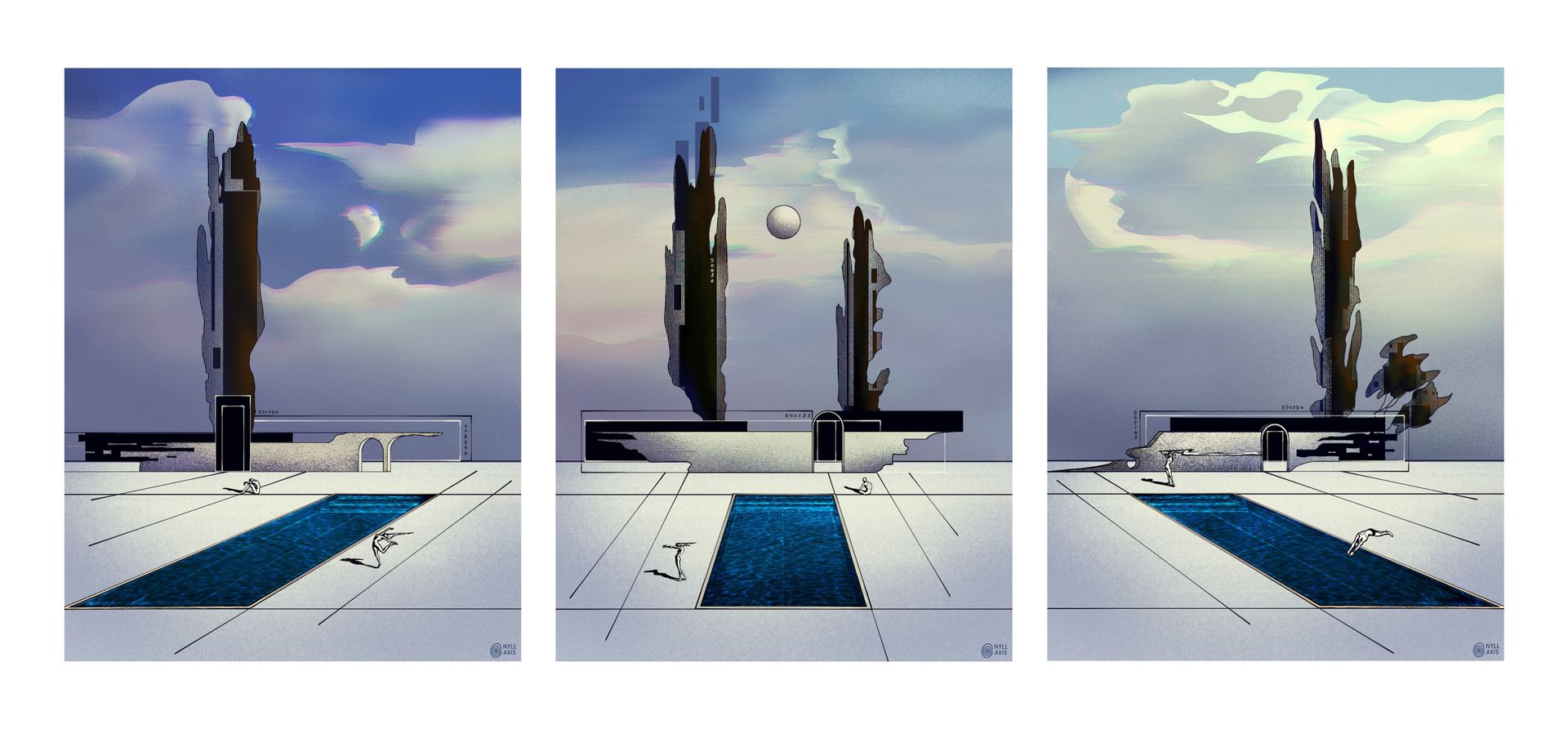
by Nyll Axis
•
27 October 2025
Nyll Axis is the pseudonym of an artist who prefers to remain incognito. His paintings emerge as nameless presences moving through shifting layers of perception. There are no stories, no time — only appearances and disappearances. What remains are abstract glyphs with the illusion of meaning: thresholds, lines, dissolving architectures. These are not narratives but signals, pointing beyond knowledge toward the vanishing wall of the self.
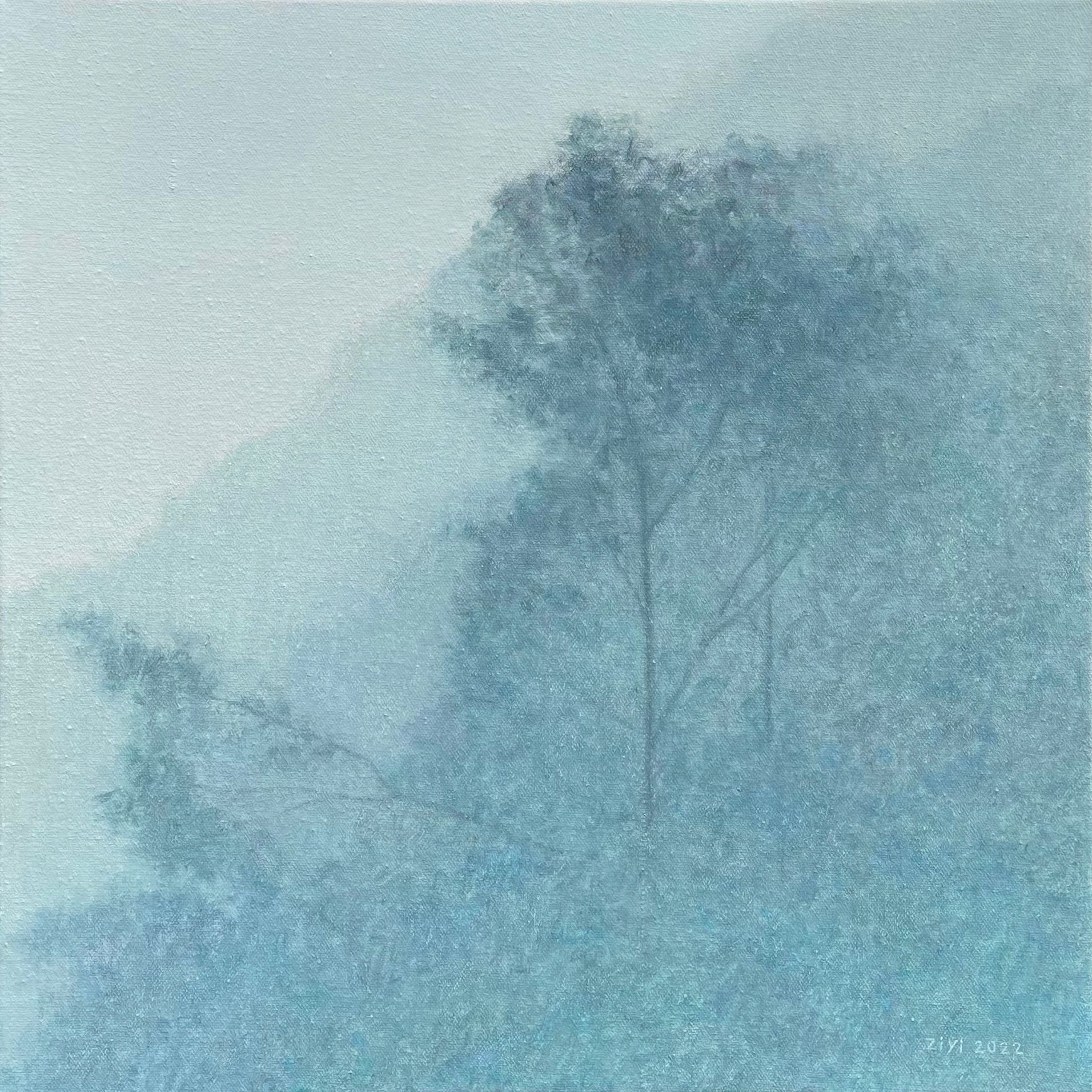
by Ziyi Huang
•
30 September 2025
Ziyi Huang is a Chinese oil painting artist. His recent works are mainly landscapes inspired by his travels. He received Bachelor's and Master's degrees from China Academy of Art, where he is now studying for a Doctoral degree. He participated in an artist residency at Cité Internationale des Arts in Paris, France from 2018-2019, and studied at Maryland Institute College of Art in Baltimore, USA as an international exchange student in 2024. His paintings have been exhibited in China, Japan, France, UK, Canada, Italy and Latvia, and he has held solo exhibitions in Hangzhou and Xiamen, China. He is a member of the Federation of Canadian Artists (FCA), International Council of Visual Arts (ICVA), 90' Creative Art Society, Zhejiang Artists Association and Zhejiang Association of Oil Painters.
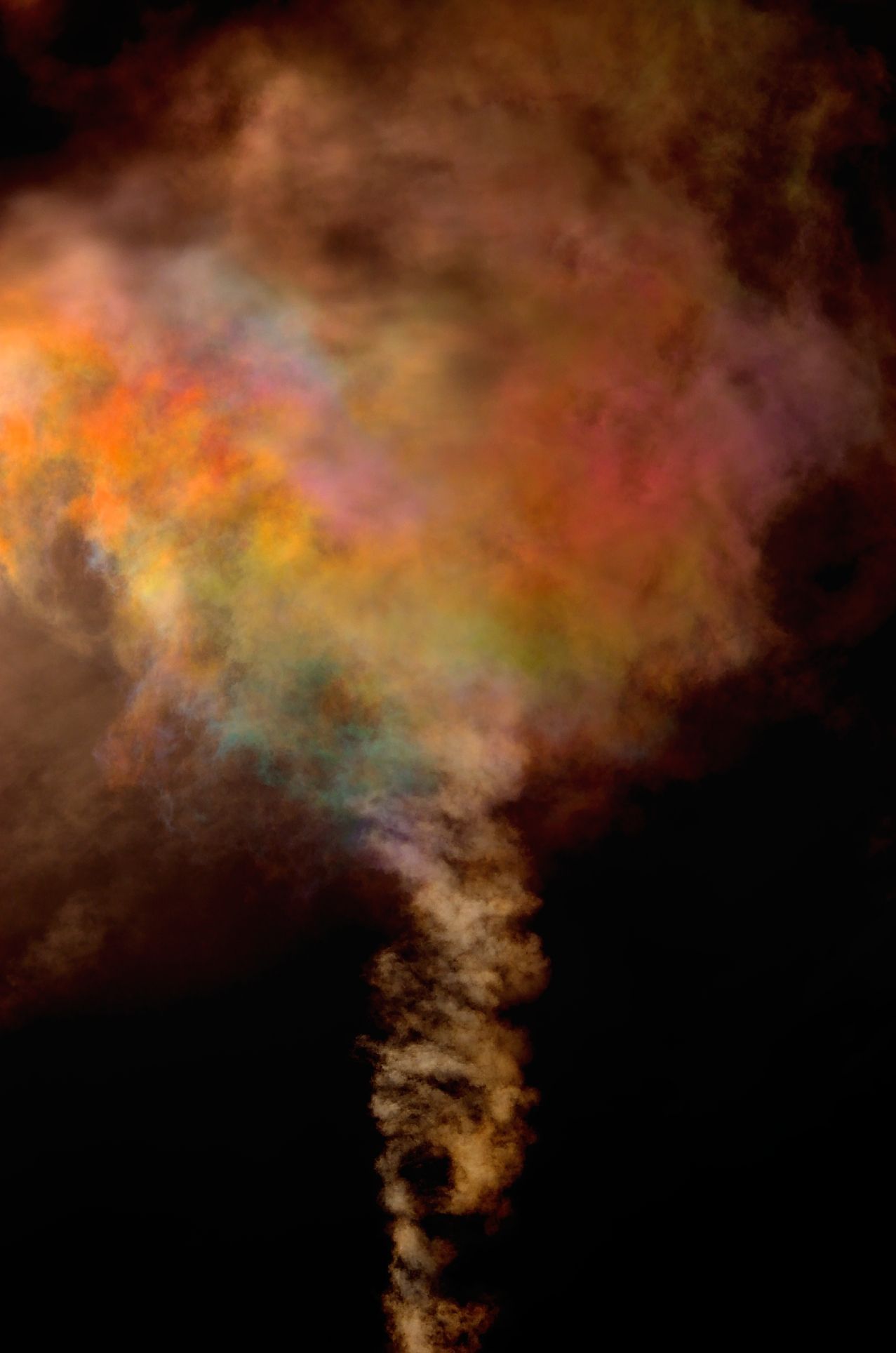
by Daniel Agra
•
7 September 2025
Daniel Agra is Spanish artist of abstract and fine art photography. In the artistic field his work is defined as subjective, experimental and conceptual expressionist visual poetry, with a profound imaginative capacity and endowed with strong intuition. Defined by a resounding individual and experimental personal mark that allows him to mentally project a great deal of his compositions with a language and style full of symbolism. The defined perception and emotional depth of his work should be highlighted reflecting his interest in the subconscious, abandoned methods, dialogues and conventional and traditional photographic narratives which transcend their state to be symbolised in a deep analysis, to be recreated into a poetic frontier between the material and the spiritual, between man and the environments he inhabits, distinctive elements that emphasise the communicative character in his allegorical symbology and relative to the inner world, raising it to levels of evocative spirituality in transcendental and vindictive themes, on the existential importance of the individual in his creative freedom, a personal form of contemporary expression that does not bow to the established norms, an archetype through a vocabulary with meticulously selected images and iconographies. Over time, his works have achieved wide appreciation, recognition and international dissemination. The more than 50 awards and international honour mentions of photography that he has achieved during his career should be emphasised, he has shown his work and participated in exhibitions across various countries, as well as published in assorted media and international art guides. His work can be found in national and international museums, foundations and private art and photography collections.
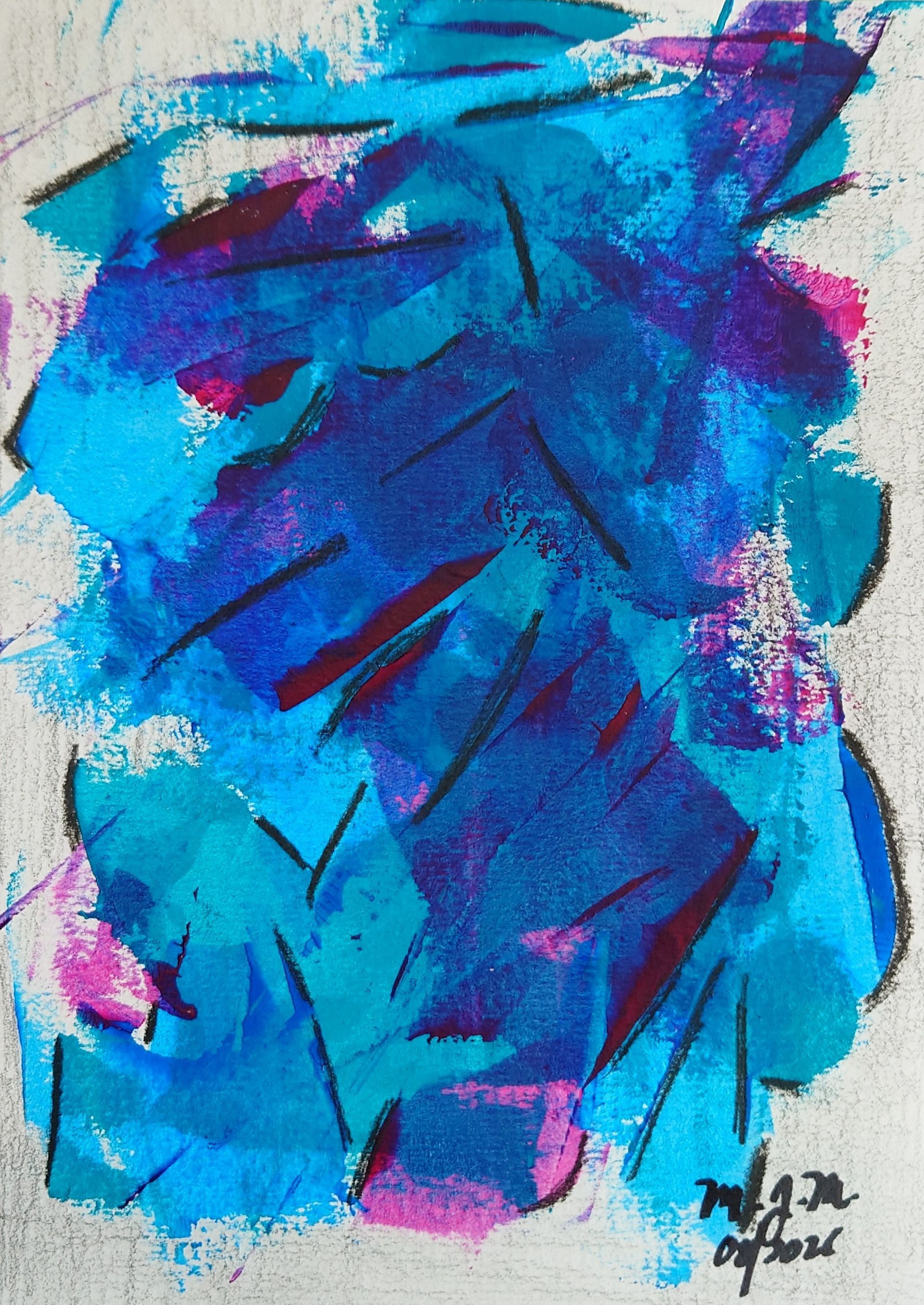
by Tension & Release: A Spontaneous Series Born from Stillness
•
10 August 2025
This ten-piece body of work, created on fine art paper (21 x 14.5 cm), explores the emotional and societal tensions that shape our collective experience. Using acrylics, graphite, and charcoal pencils, each painting captures dynamic movement through vibrant palettes—juxtaposing warm and cool tones to evoke contrast and conflict. Black graphite and charcoal lines cut through the compositions like fractures, symbolizing resistance, boundaries, and the desire to break free from imposed limitations. The negative space, softly blended with graphite, adds depth and quiet intensity, while ghost markings—my signature underpainting technique—linger beneath the surface, hinting at unseen histories and layered emotions. These subtle traces speak to the persistence of memory and identity, even when obscured.

by Victoria Moses
•
24 July 2025
Victoria Moses: Grand Era Victoria Moses, born in Hamburg, Germany, in 1990, is a student at the Art Academy Hamburg, where she engages with diverse artistic media, including painting, sculpture, and digital art. Her work is characterized by a profound exploration of perception and identity search, focusing on the relationships individuals establish within society. Through her use of both vivid, figurative oil paintings and monochromatic charcoal drawings, she examines how people integrate or distance themselves in various social contexts, adopting different roles that shape their self-expression and interactions. Her latest series, Grand Era, is deeply influenced by her experience working on an ocean liner - an enduring symbol of intercontinental connection as it was in the early 20th century. Within this series, Moses portrays individuals navigating multiple societal roles, shifting fluidly between personal and professional identities. A single person may simultaneously function as a professional, a family member, a friend, and a community participant, with each role reflecting distinct expectations and responsibilities dictated by their environment. Through these themes, Moses explores the complexities of human adaptability and the intricate balance required to meet the demands of social existence. Her art contributes to broader discussions on identity, social roles, and the evolving nature of interpersonal relationships.
Get In Touch
Send us an email:
grantmilne@artisttalkmagazine.com
Contact Us
Thank you for contacting us.
We will get back to you as soon as possible.
We will get back to you as soon as possible.
Oops, there was an error sending your message.
Please try again later.
Please try again later.
